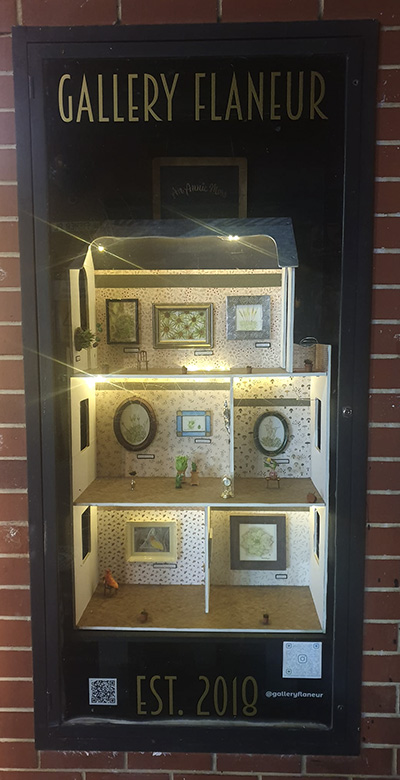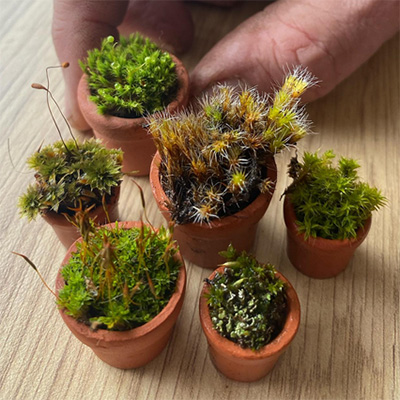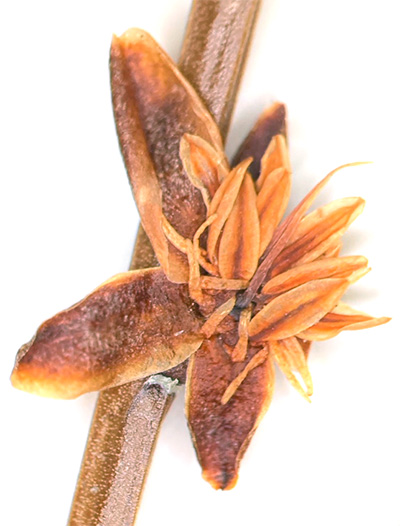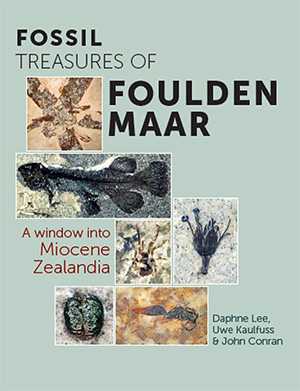
Area of severe stringybark dieback, with drooping she-oaks (Allocasuarina verticillata) being the only living trees. Photo: G. Keppel.
Dieback of trees due to drought is becoming increasingly common: Climate change is producing droughts that are hotter and more intense, and this can push trees beyond the limits of what they can tolerate. However, we still know little about the ultimate causes of tree mortality and how dieback progresses through time. Led by researchers Gunnar Keppel, MSc student Udo Sarnow and Stefan Peters from UniSA, in collaboration with Chief Botanist Michelle Waycott, State Herbarium of South Australia molecular botanist Ed Biffin, as well as Greg Guerin from The University of Adelaide, dieback of an isolated population of red stringybark (Eucalyptus macrorhyncha) in Spring Gully Conservation Park was investigated.
What will happen to this isolated population of eucalypts as droughts intensify under climate change? It’s not looking good but there is hope! Read more about the findings of this project on the Biodiversity in Oceania BLOG and in this research paper, published two weeks ago:
G. Keppel, U. Sarnow, E. Biffin, S. Peters, D. Fitzgerald, E. Boutsalis, M. Waycott & G.R. Guerin (2023). Population decline in a Pleistocene refugium: Stepwise, drought-related dieback of a South Australian eucalypt. Science of the total Environment 876: 162697.











You must be logged in to post a comment.